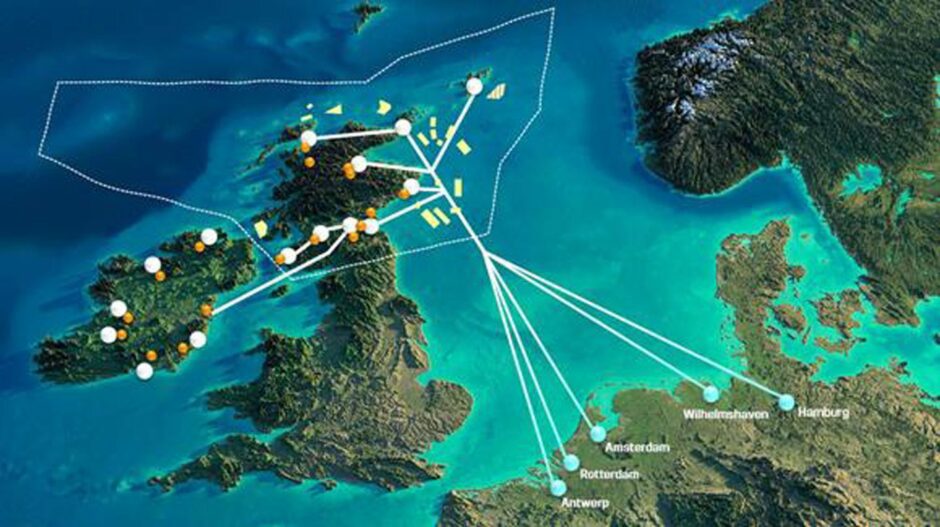
As the Germany continues to ramp up its investment into green hydrogen projects, the supply chain in Scotland is eyeing up a huge potential export market.
At the Hydrogen Scotland conference in Glasgow last week, a German government official spoke of the importance the world’s third largest economy is placing on its potential hydrogen partnership with Scotland.
The Scottish government is similarly focused on engaging with EU partners to realise its goals of harnessing offshore wind to create an export industry to replace oil and gas.
But despite the prize on the horizon, the sector still has much to do to get Scottish green hydrogen projects up and running, with rising costs and policy uncertainty key challenges.
While the UK sector got a budget boost last week with funding confirmed for 11 HAR1 projects, including two in Scotland, developers are still waiting to finalise contracts.
While smaller projects in Aberdeen are moving ahead, internationally there is a mixed picture for large scale blue and green hydrogen developments.
Ørsted, Equinor and Shell have all cancelled major hydrogen projects in recent months due to uncertain demand, including plans for a pipeline between Norway and Germany.
But at the same time, the German government is pressing ahead with plans to build a core hydrogen network consisting of more than 9,700km of pipelines.
So where does that leave Scotland’s green hydrogen sector, and can it fuel the German government’s hydrogen ambitions?
Germany and Scotland green hydrogen partnership
Speaking at the Hydrogen Scotland 2024 conference in Glasgow last week, Ellen von Zitzewitz outlined why Germany is looking to Scotland to fill its hydrogen demand.
The deputy director of Germany’s Federal Ministry for Economic Affairs and Climate Action (BMWK) said the country has huge energy needs as part of its transition away from fossil fuels.
Overall, von Zitzewitz said Germany has around 700 TWh of energy demand it cannot fill through electrification and energy efficiency measures alone.
Germany is aiming to reach net zero emissions by 2045, and its government has identified hydrogen as a key part of achieving this goal, as well as its energy security.
“Germany is a very highly populated country, our space for onshore wind and solar is absolutely limited,” von Zitzewitz said.
“Also, our space for offshore wind is much smaller than the one in Scotland.
“We are used to importing large parts of our energy sources over the last 70 years from other countries, and we will do so in the future as well.”
German hydrogen demand
Berlin wants to establish a diversified supply of green hydrogen imports as it seeks to avoid a repeat of its past reliance on Russian natural gas.
It also sees the hydrogen sector as a way for German companies to lead in technology development.
Germany is investing in production projects internationally through its H2Global funding auction, while firms like Thyssenkrupp are involved in major projects such as Saudi Arabia’s Neom.
Alongside potential pipelines to the UK, Denmark and eventually North Africa, Germany is also looking to import hydrogen derivatives from Chile, Canada and Australia.
Meanwhile in the German North Sea, a consortium including RWE, BP and Shell are advancing plans for a 10 GW offshore wind farm for hydrogen production.
With potential opportunities for the Scottish supply chain arising from the Aquaventus project in the North Sea, Germany is also considering export credits which could benefit UK firms.
But while Germany is looking to produce its own hydrogen and import derivatives, von Zitzewitz told the audience in Glasgow that it has very few options for pipelines.
“We believe if we have a pipeline between the UK and Germany, that would be greatly beneficial for all sides,” she said.
“We think a pipeline would carry a lot of hydrogen, so the best [option] would be if we would have an integrated project with producers, transportation and offtakers, and there would be probably also a cluster of producers.
“So my question for [the Scottish government] is when would that be possible from the Scottish perspective?”
UK a ‘frontrunner’ to supply Germany
Von Zitzewitz added that Germany is looking to quickly establish a pipeline connection with the UK.
“The German demand [for hydrogen] is huge, and as much, as faster, the better,” she said.
“We need to see which ones are the pipelines coming first, and I think that the UK has a chance to be amongst the frontrunners, but we’re not 100% sure when this is an option.
“So this is indeed a question which we have at the moment… the signals are very positive, both the collaboration with DESNZ and at the ministerial level.”
But ultimately, von Zitzewitz said any project will need to be private-sector led.
“In the end, it is also about producers and demand and I think this is where we come back again to the scaling up of projects,” she said.
“Cost reductions and policy also plays a role there, and so I think that’s something we need to work in parallel.
“The private sector need to give clear guidance to governments [around] where there are still regulations in place which hinders the production, where things could be accelerated.”
‘Significant’ opportunity for Scotland
Speaking in Glasgow, Scottish government head of hydrogen Margo MacIver reiterated Scotland’s desire to play a major role as an exporter of green hydrogen to Europe.
“Scotland’s unique combination of natural resources, infrastructure and skilled energy workforce means that we are well positioned to become a major exporter or hydrogen to the wider UK and northern Europe,” MacIver said.
“Market signal demand for the importing of green hydrogen and hydrogen derivatives is growing strongly, with Germany and the EU leading the way.”
MacIver said it is “vital” that the hydrogen Scotland produces meets the net zero requirements of importing countries.
As a result, the Scottish government is working closely with its UK counterparts to ensure the planned low carbon certification scheme “does not act as an unnecessary barrier to the export of Scottish green hydrogen,” MacIver added.
Collaboration with Aberdeen’s Net Zero Technology Centre (NZTC) on the feasibility of a potential hydrogen pipeline to Germany is also ongoing, and the Scottish government will soon publish its hydrogen sector export plan.
But Scotland will have to overcome key challenges including a lack of local manufacturing experience to fill the proposed 10 GW pipeline to Germany.
Green hydrogen cannot rely on ‘hope’
But while the Scottish and German governments focused on the future potential, other speakers at the Glasgow event called for attention on the challenges currently facing the hydrogen sector.
Worley global strategic adviser on hydrogen Dr Kerry-Ann Adamson said the green hydrogen sector needs to deliver on its promise to secure investment.
“You cannot bank hope,” Adamson said.
“A vision does not a bankable, safe project make in any part of the value chain.”
Adamson said Scotland and the UK need to focus on supporting both small and large scale hydrogen projects due to problems with scalability, which she likened to bra manufacturing.
“Above a certain size you need to use a totally different machine, different tooling and redesign. It simply does not continue to scale and hydrogen production technologies are the same,” Adamson said.
The hydrogen sector will also need to work towards increased standardisation to reduce costs, but Adamson warned the industry is reliant on government policy.
Hydrogen sector ‘anxiety’
Limits on innovation, the banning of forever plastics used in electrolyser membranes, or strict requirements for local content could lead to a “realistic scenario where in the short to medium term costs actually go up”, Adamson said.
In addition, Adamson said a lack of clarity on transmission infrastructure is also hampering investment.
“For developers and offtakers, and investors especially, this means there is an anxiety that they do not have clear timing available on when distribution networks are going to be available,” she said.
“The lack of information is hobbling medium term planning, and I would suggest giving projects in the Midlands where production is closer to offtake an accidental advantage in the short term.
“The only entity with the power to influence all of these aspects and reduce anxiety is government.”
Hydrogen export scepticism
But there was also some scepticism as to whether a green hydrogen exporting model focused on Europe is the right path for Scotland.
Ineos sustainability director Colin Pritchard said he wants Scotland to take advantage of its position to create a hydrogen value chain centred on Grangemouth.
“I’m really happy that there’s electrical constraint between here and England, I’m really happy that hydrogen is a horrendous molecule to put into pipelines and move it places,” he said.
“Because I want that all to stay in Scotland to create a value chain in Scotland, and for this to be the next transition that happens within Grangemouth.”
German energy firm RWE has already announced plans to build a green hydrogen production plant at Grangemouth, and Pritchard said the industrial cluster will also benefit from investment in carbon capture infrastructure associated with the Acorn project.
“Grangemouth is the best site, I would suggest in the whole of the UK, to take advantage of the energy transition,” he said.
Potential opportunities for hydrogen derivatives include sustainable aviation fuel, green methanol and ammonia, he said.
The UK and Scottish government are working together to determine the future of the Grangemouth site, home to Scotland’s only oil refinery.
The Petroineos facility is set to close next year with the loss of 400 jobs, but Pritchard said both Grangemouth and hydrogen have a part to play in Scotland’s net zero future.
“The prize for me is to get that whole value chain from the tip of the wind turbine through to all of these chemicals as far down the value chain as we can in Scotland,” he said.
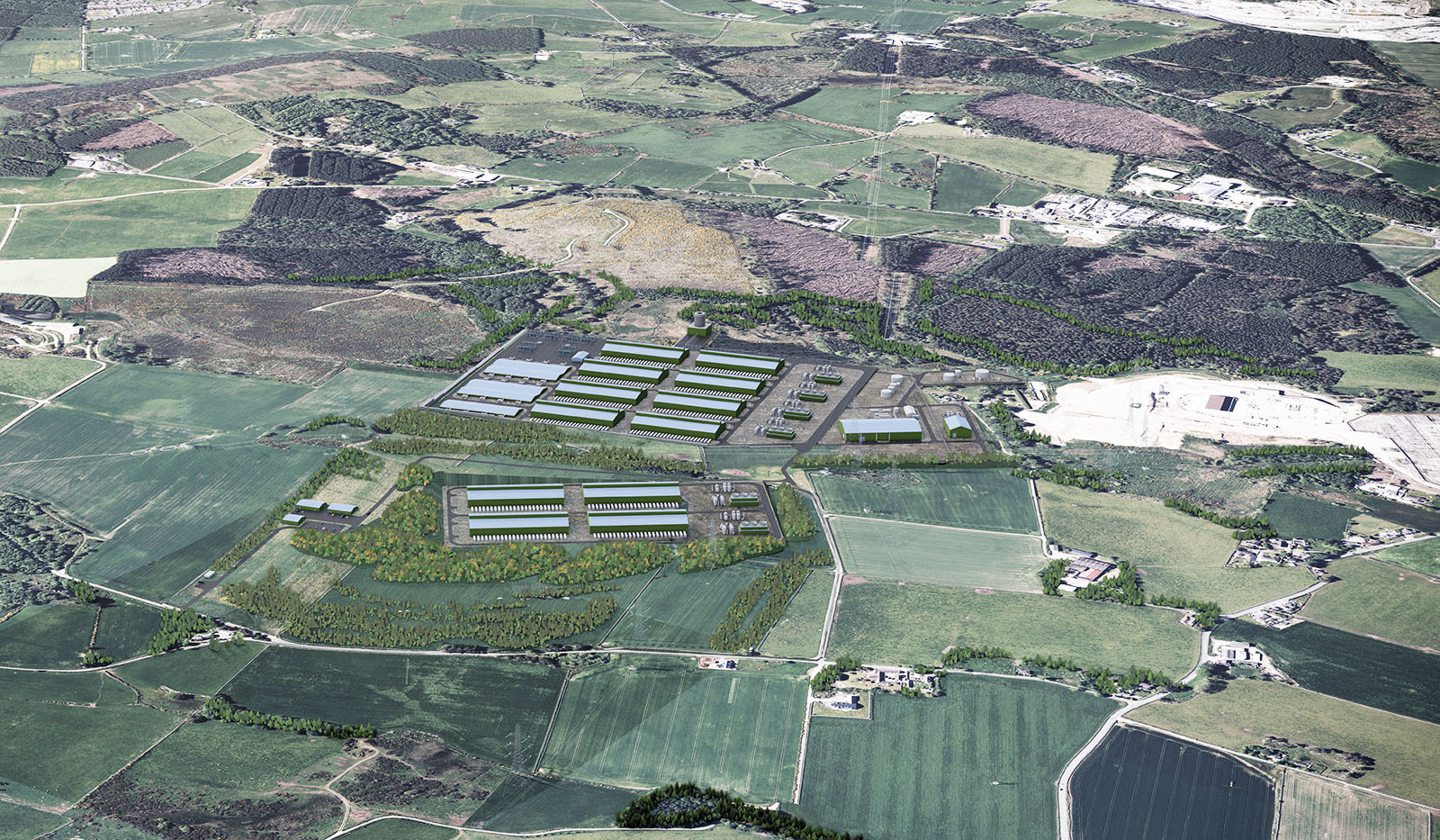 © Supplied by Kintore Hydrogen
© Supplied by Kintore Hydrogen © Supplied by BASF
© Supplied by BASF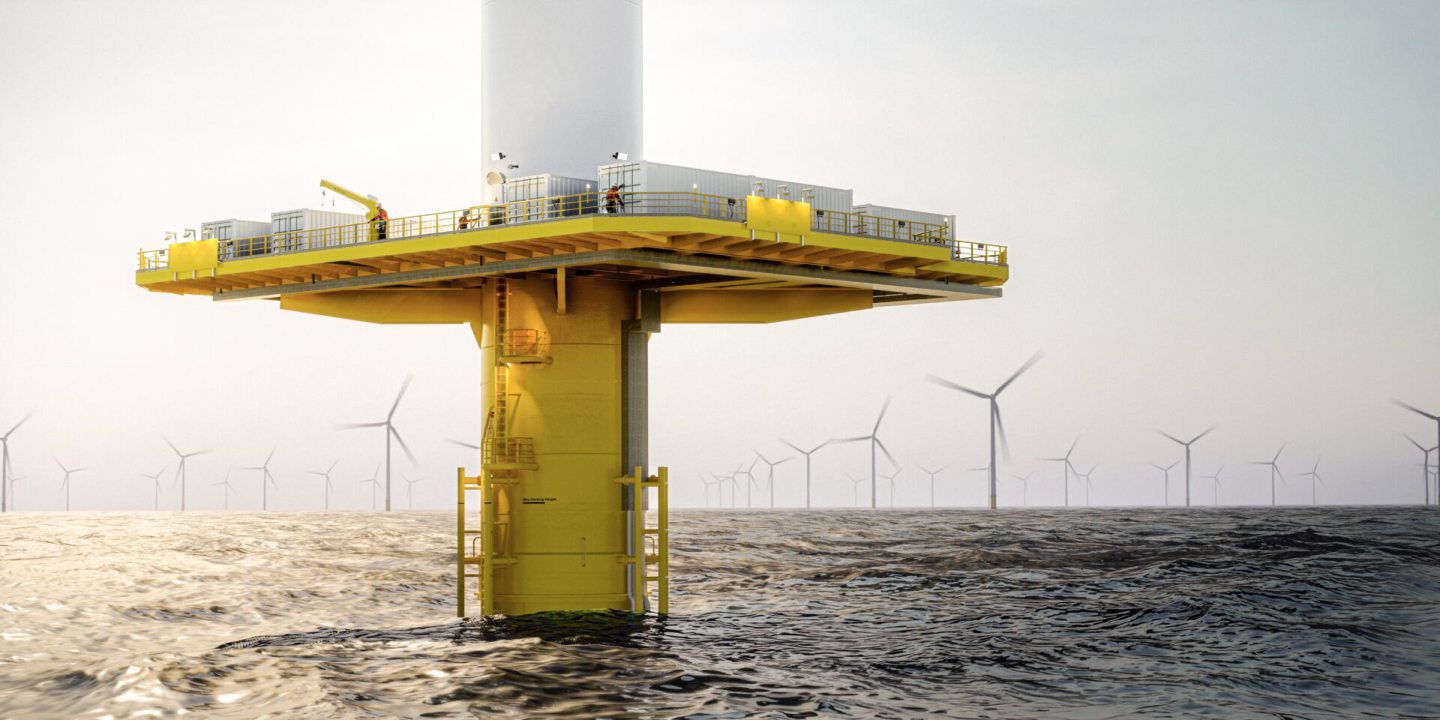 © AquaVentus Förderverein e. V. / Jakob Martens Studios
© AquaVentus Förderverein e. V. / Jakob Martens Studios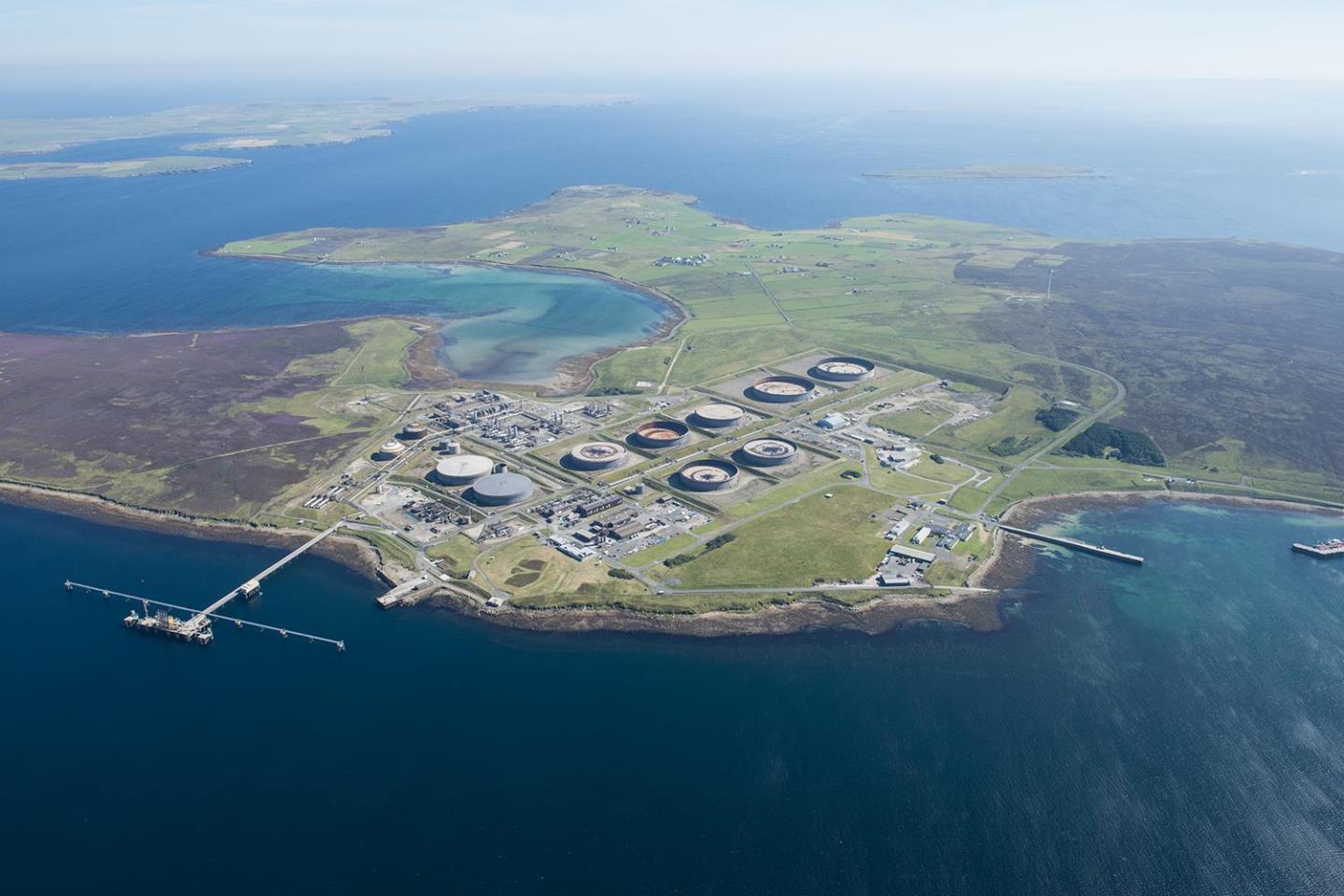 © Supplied by Neil Davidson
© Supplied by Neil Davidson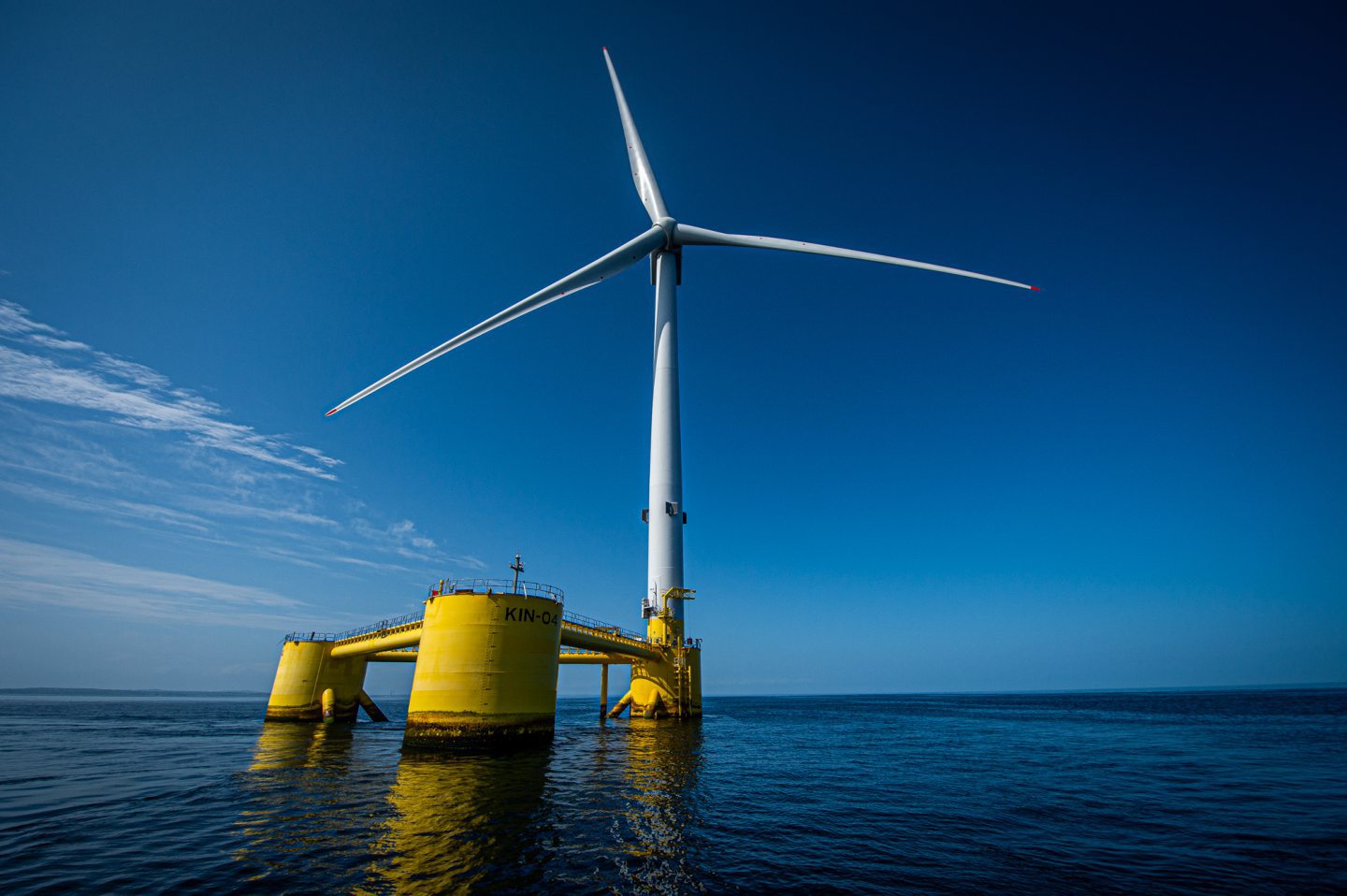 © Supplied by Wullie Marr/ DCT
© Supplied by Wullie Marr/ DCT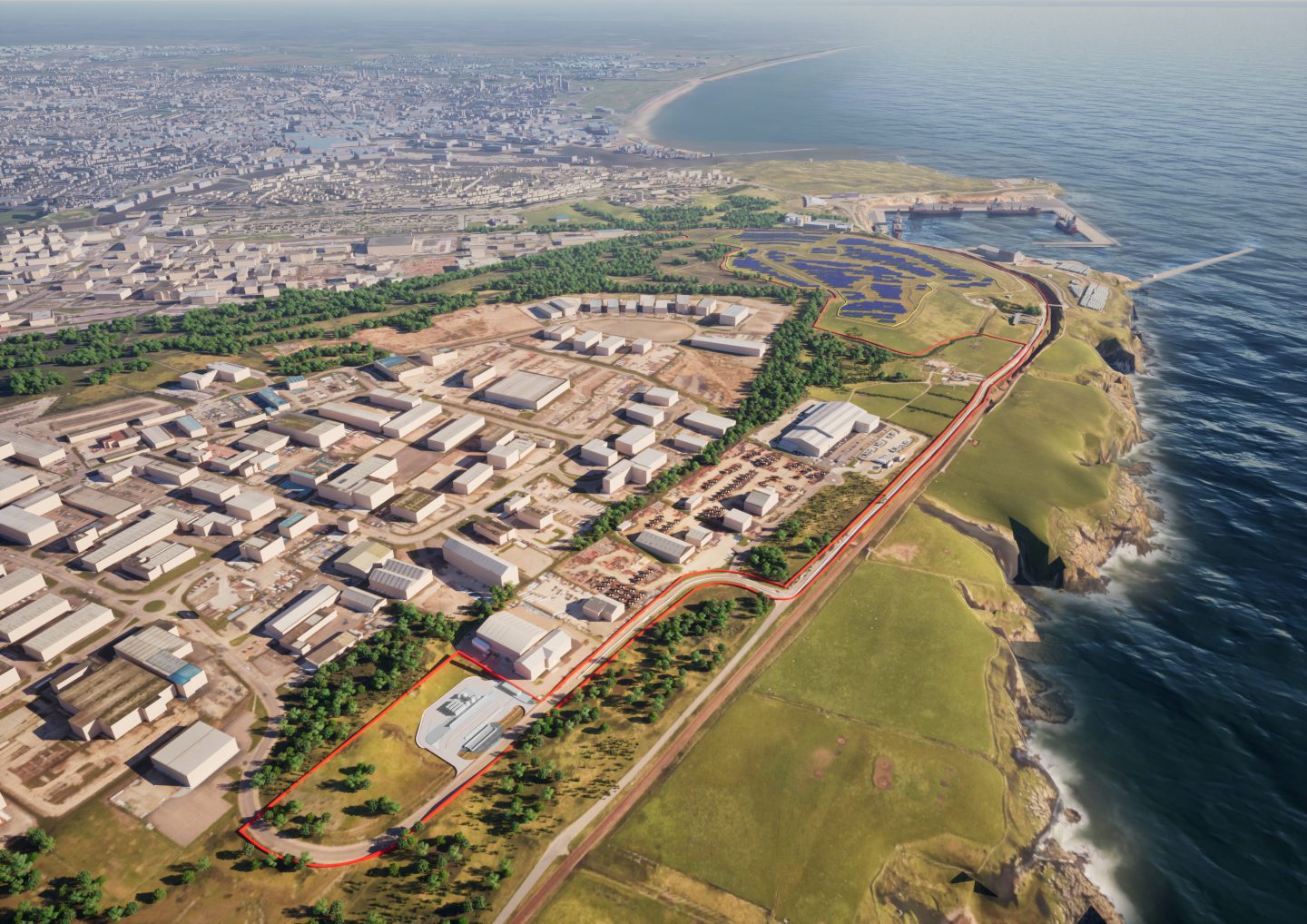 © Supplied by BP
© Supplied by BP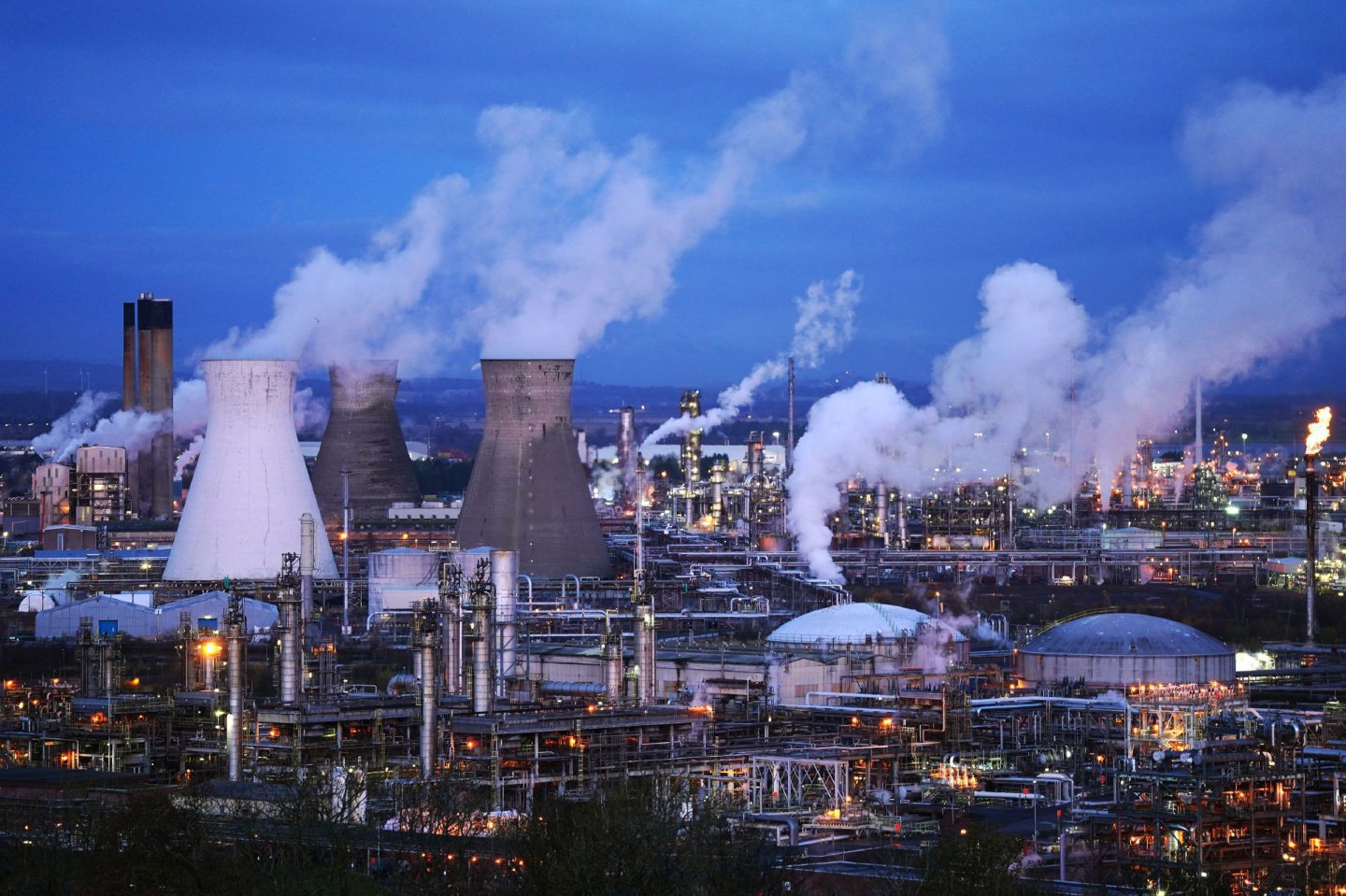 © Supplied by PA
© Supplied by PA